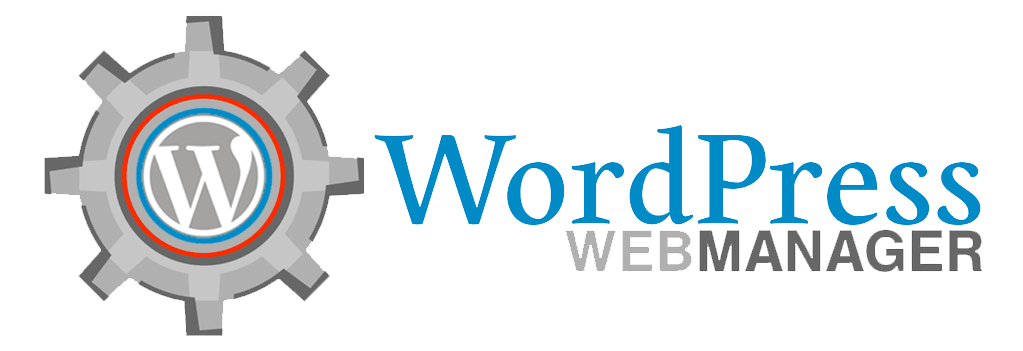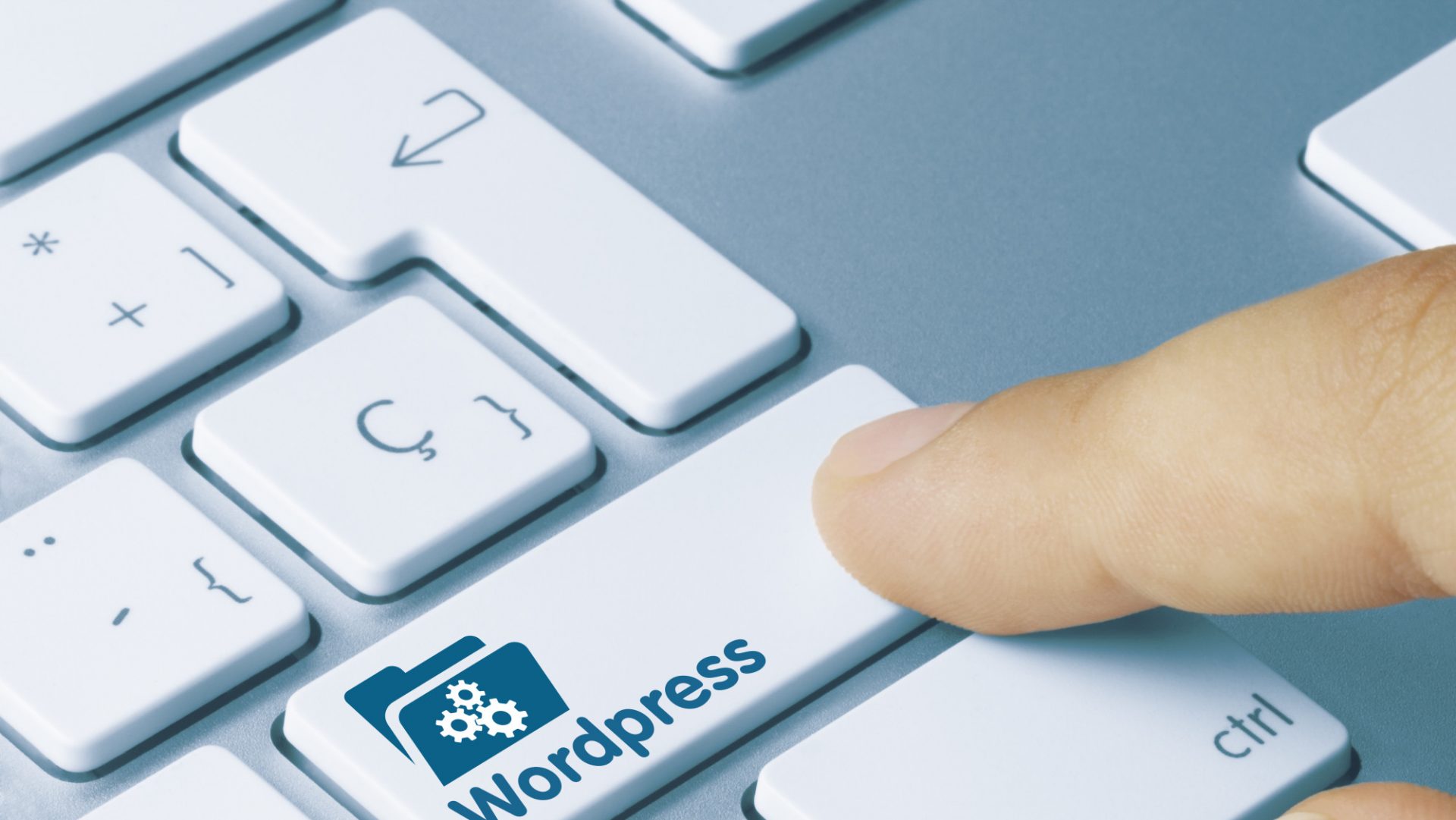WordPress Updates can sometimes break your website. Fortunately, you can prevent this with regular WordPress updates before you even update your live blog. In this article, we will show you step-by-step how to update WordPress blog without any problems. We also provide tips on how to manage security issues related with WordPress updates.

WordPress automatically downloads and installs the latest WordPress version, but sometimes a new update is required. To get started, login to WordPress and go to Settings > General. Under” WordPress Options,” scroll down to” WordPress Updates” and click” Upgrade Now.” WordPress will then search for the latest WordPress version and prompt you to download and install it.
WordPress Updates is not applied to your website automatically; you need to go to your WordPress installation folder and manually search for all the updates. Open the file called “WordPress Updates” and look for the latest version number. It’s often followed by the string ” 6.0.0 ” If you have installed some plugins that use the WordPress internal database, you’ll see a folder structure similar to this: /plugins/ ENDPARAM
WordPress automatically downloads and installs the latest version, but sometimes a new update is required. To get started, login to WordPress and go to Settings > General. Under” WordPress Options,” scroll down to” WordPress Updates” and click” Upgrade Now.”
It is possible to avoid WordPress updating your website without problems, if you do not use any automatic updating plug-in for WordPress. This requires that you know how to backup your WordPress files first. This method may require you to manually copy any important files, such as the WordPress themes or custom post types to a remote server. If you do not have any backups, it is highly unlikely that you will be able to successfully update your live site without being prompted.
WordPress automatically updates your post types whenever they are added, modified, or deleted from your library. For example, you may manually edit your post type, and later change its contents to “blog” or “style”. WordPress will then update accordingly. However, if you have any plugins that update your theme, or other themes, you may need to manually update these as well.
WordPress offers two ways for you to backup your data – through the dashboard and through the administrative area. The dashboard offers the flexibility you need, providing a centralized location for your WordPress files and a streamlined way to manage and update multiple sites at the same time. Unfortunately, it does not offer the ability to update several plugins at once. If you have many sites with customized WordPress themes or custom post types, there is no better option than using the dashboard for a single fluid interface. You can also update multiple sites with one click, but this requires knowledge of WordPress plug-ins and their corresponding features.
WordPress offers an easy way to backup and restore your site, but it is always better to do so manually. WordPress offers a feature called per-post backup which allows you to perform a backup of each individual post on your website. WordPress also offers a built-in backup of all of your themes and plug-ins, which is the easiest way to go. However, if you choose to use WordPress’ built-in backup feature, be sure to set up a crontab or automated task in order to run the backup on a regular basis. It is also best to create a backup that not only creates a new WordPress backup file but also one that copies your entire database, images, CSS, and JavaScript.



